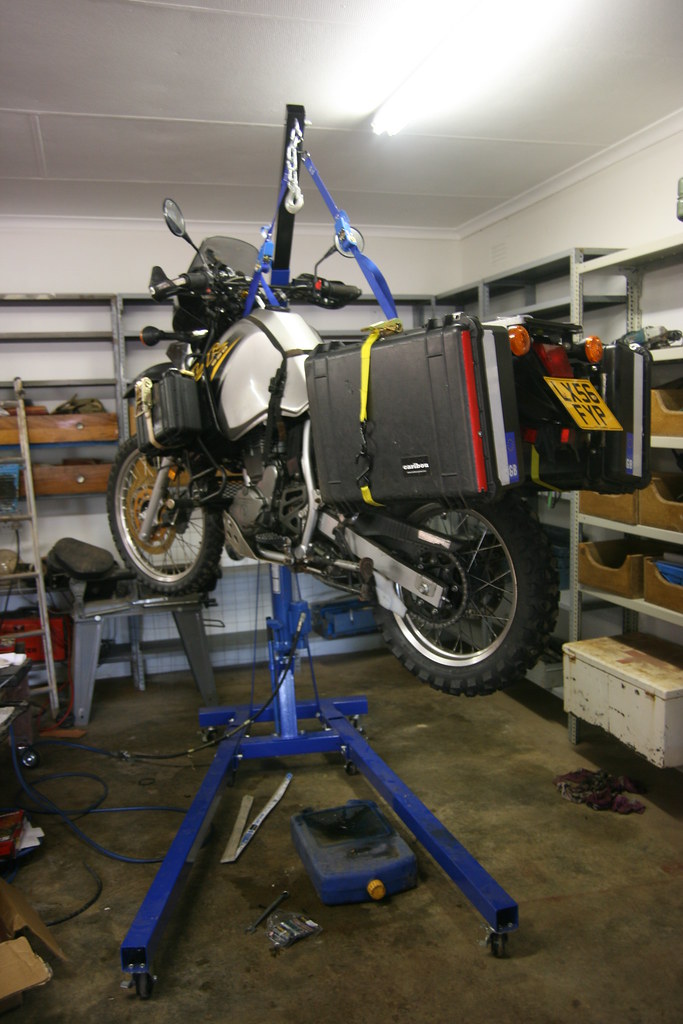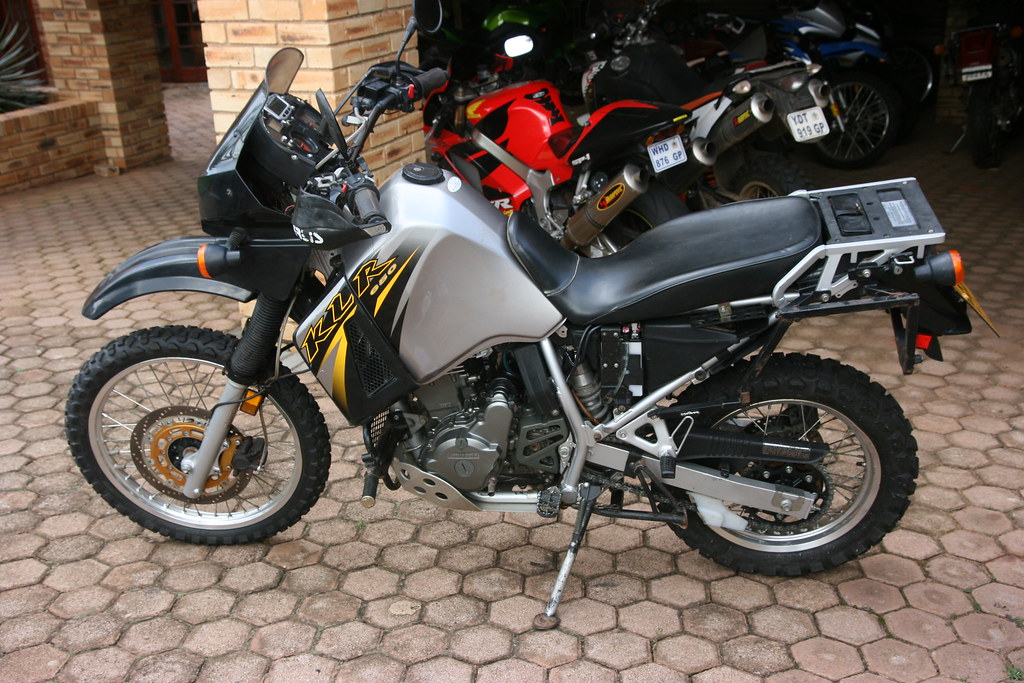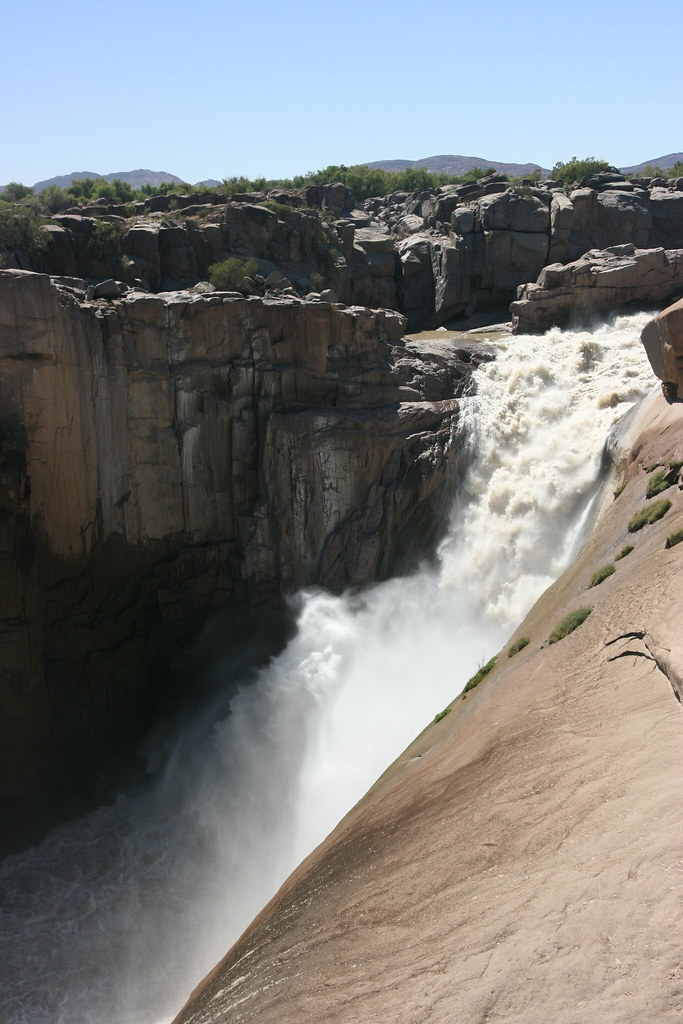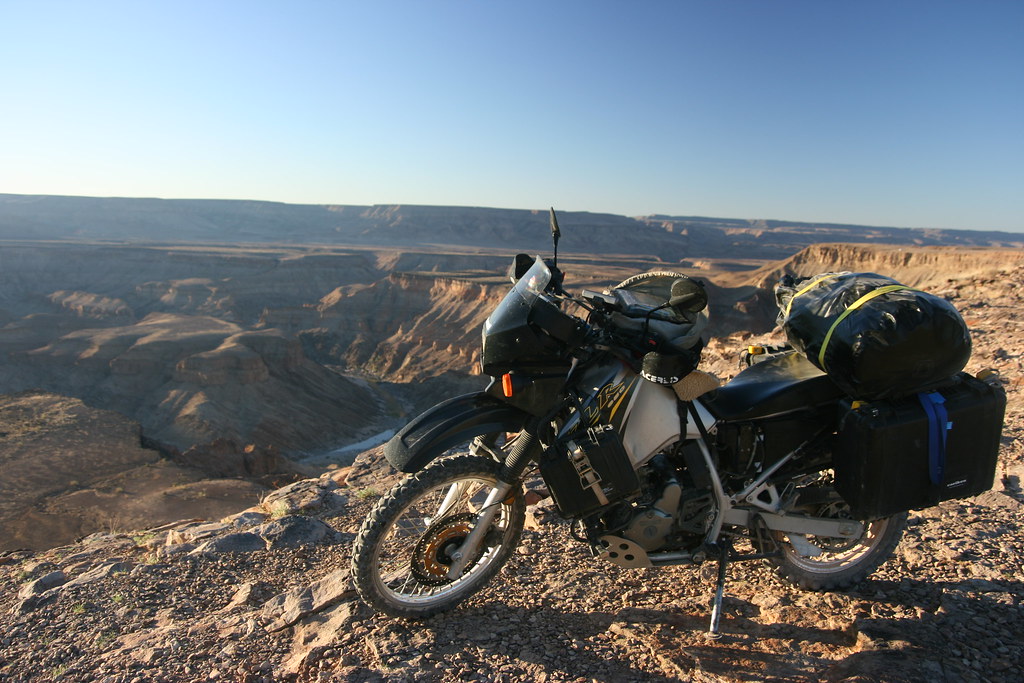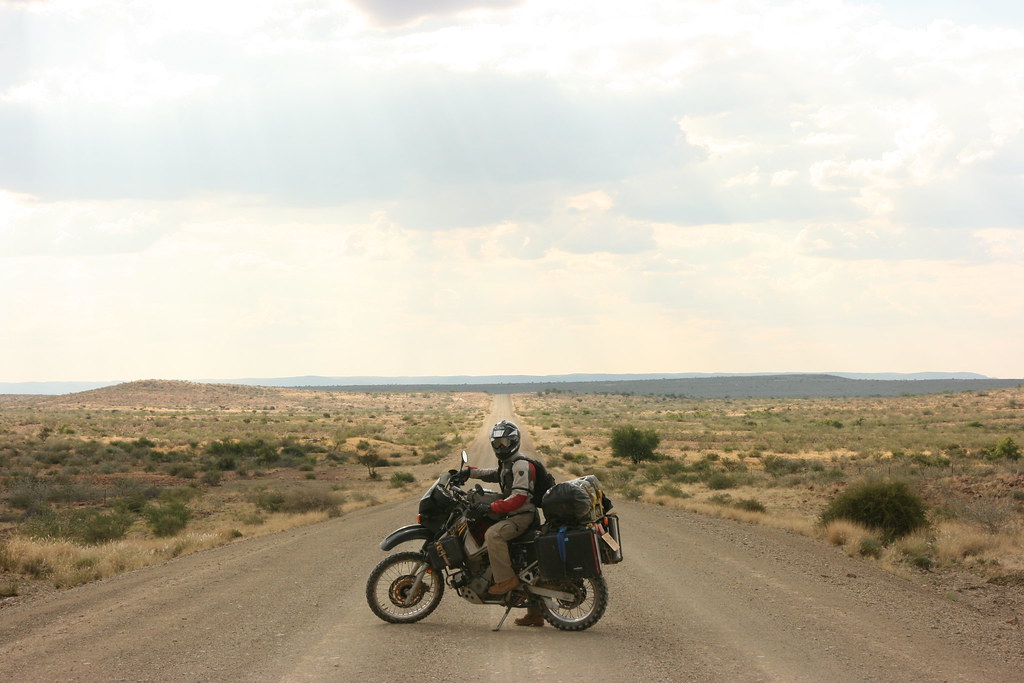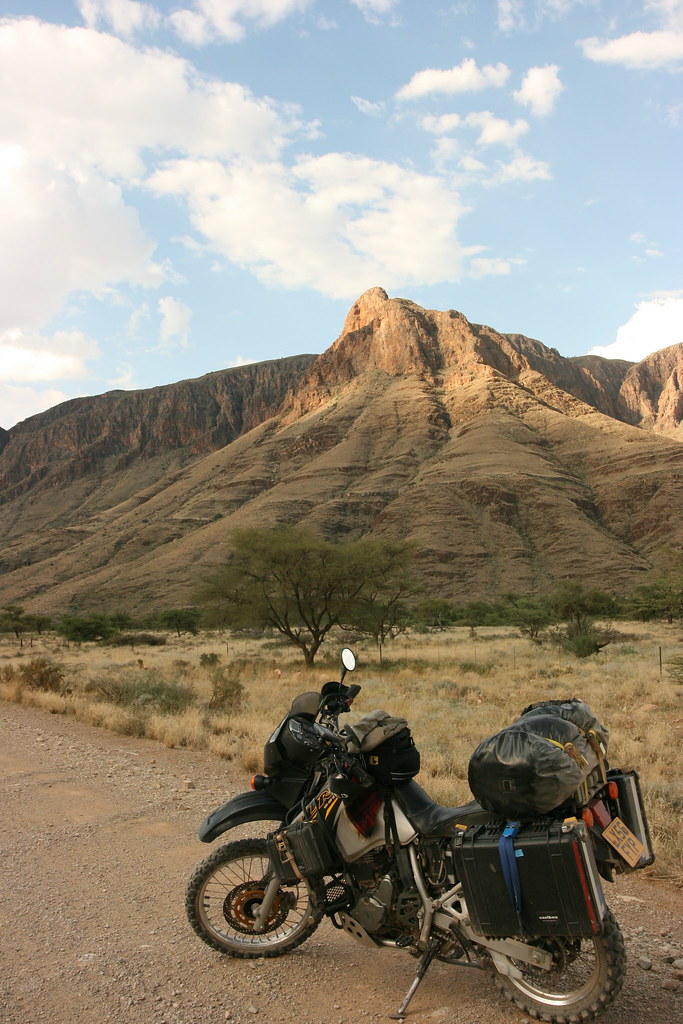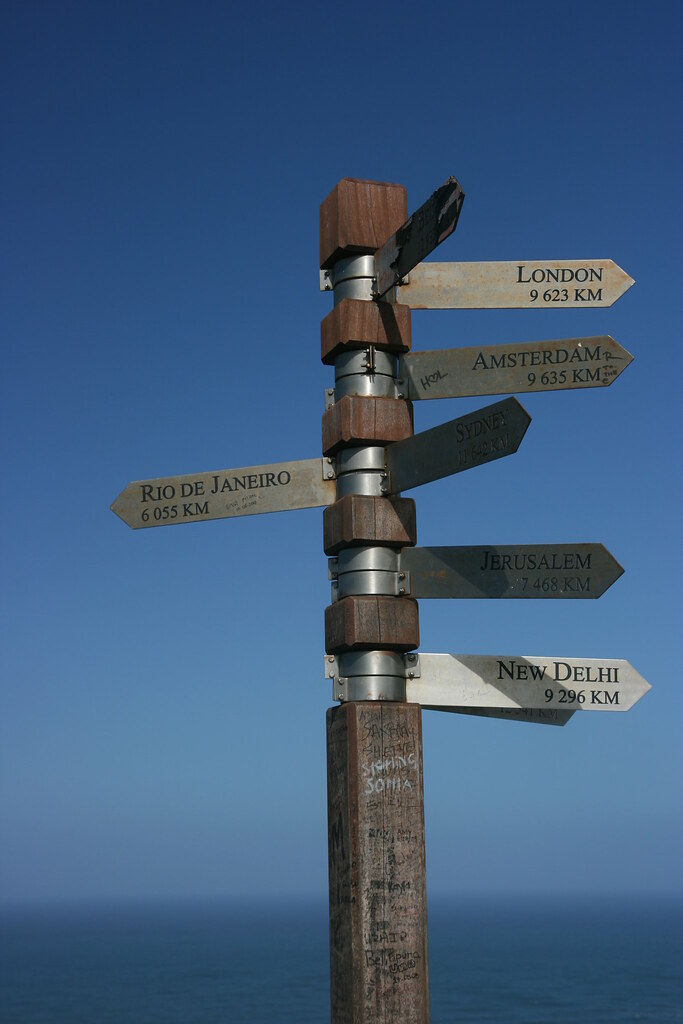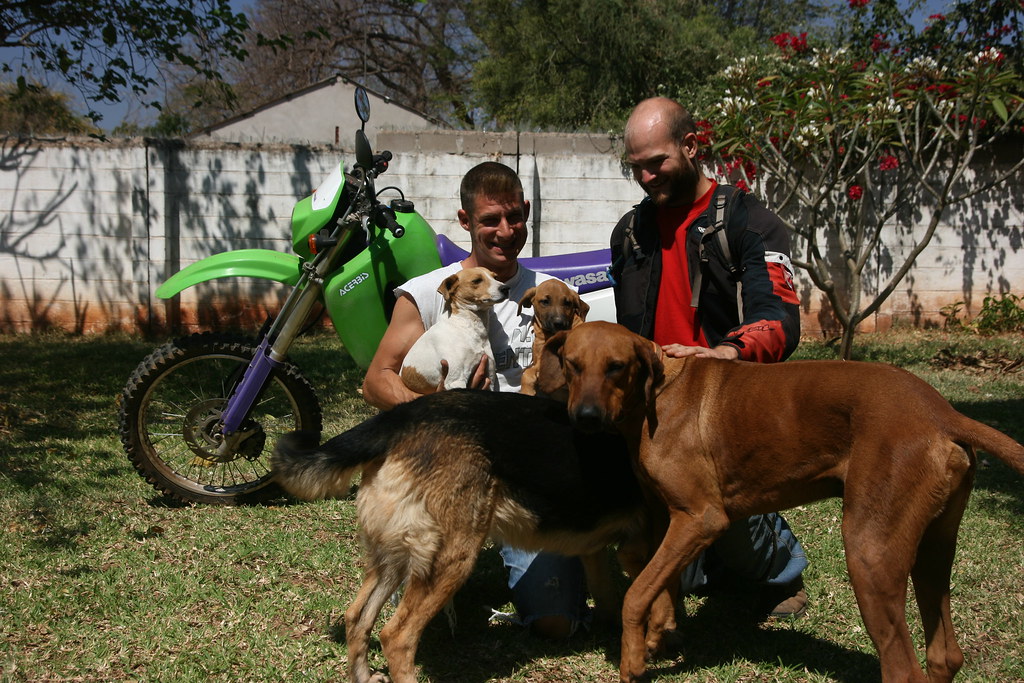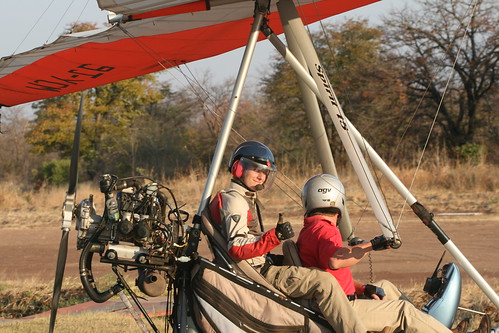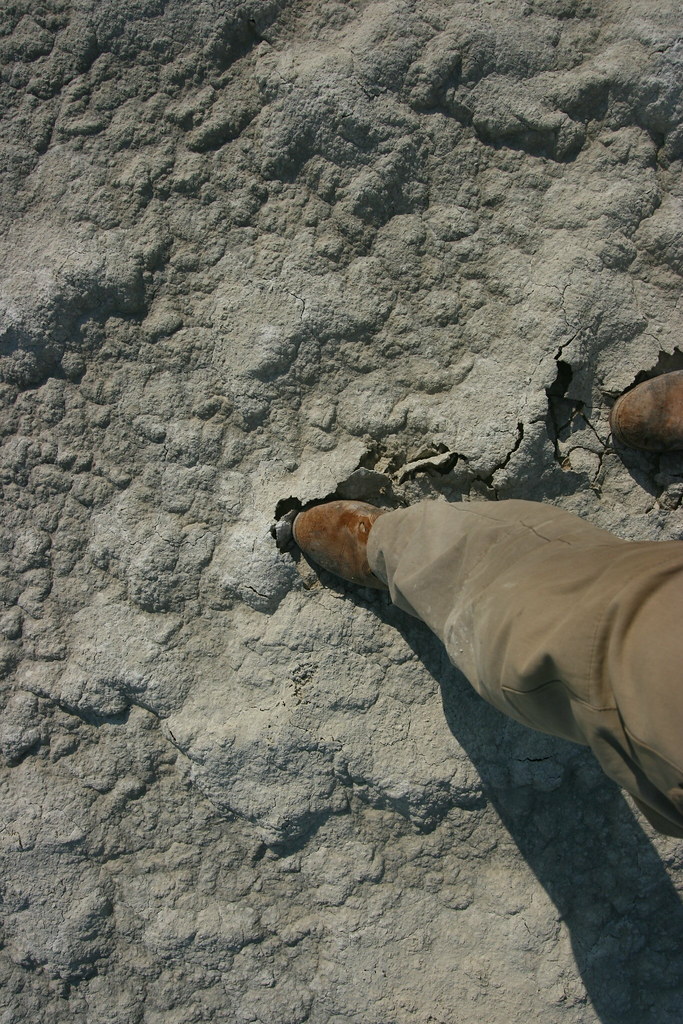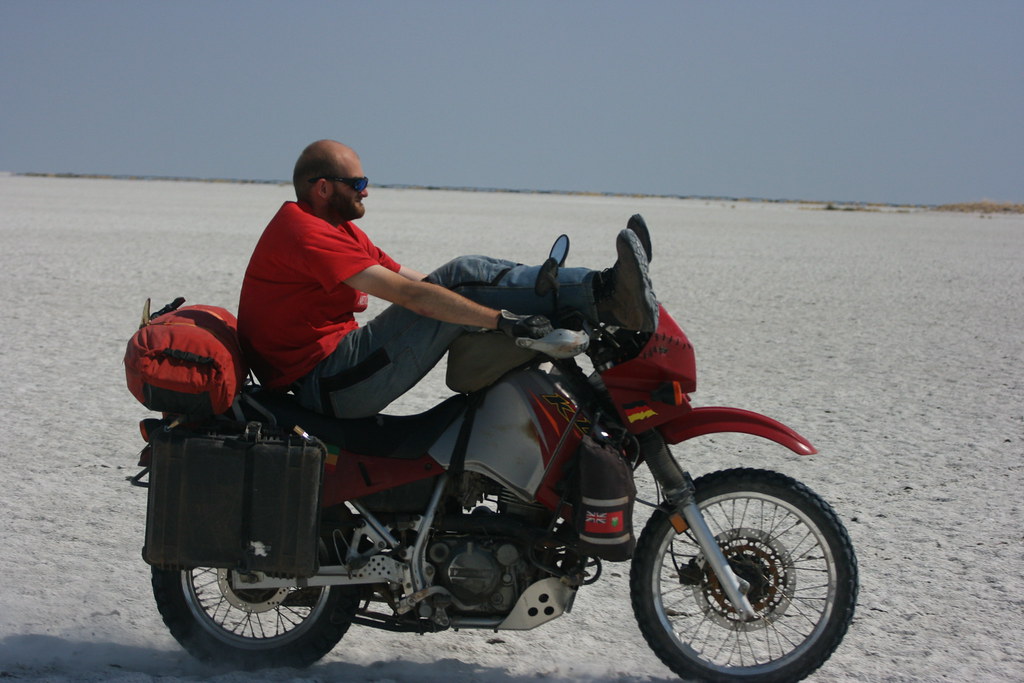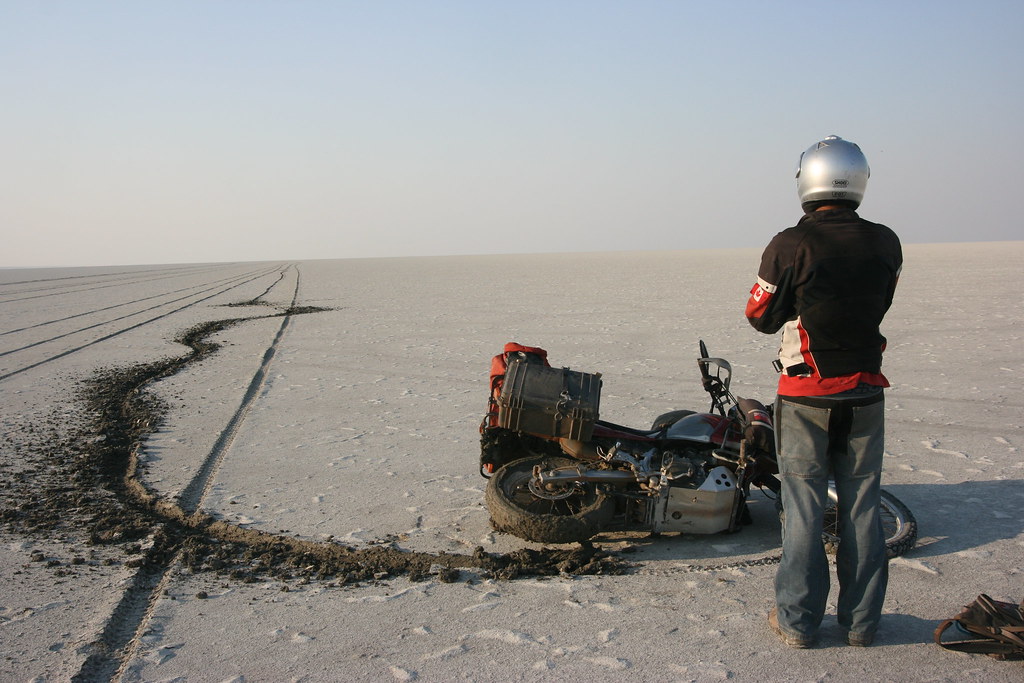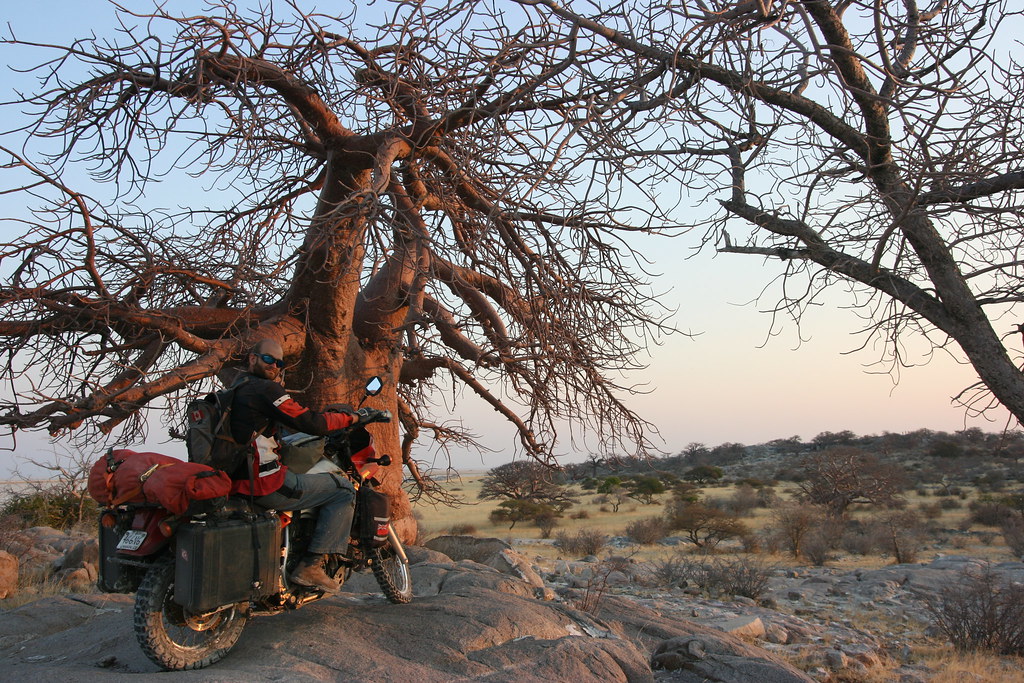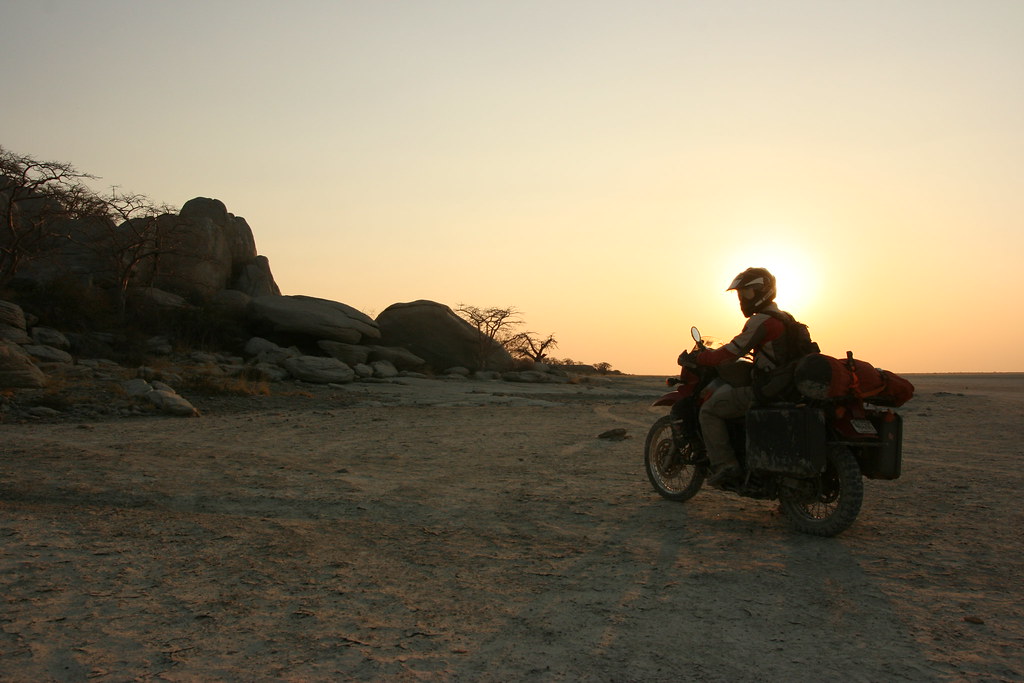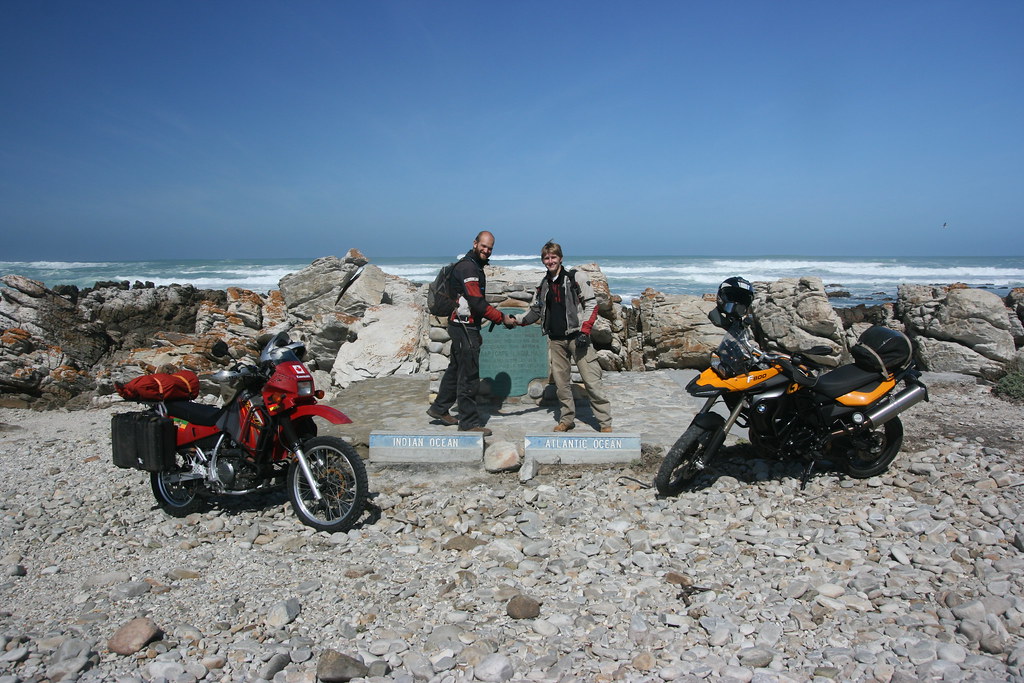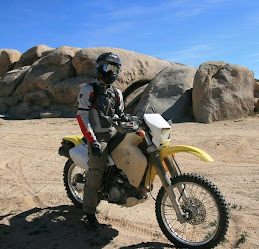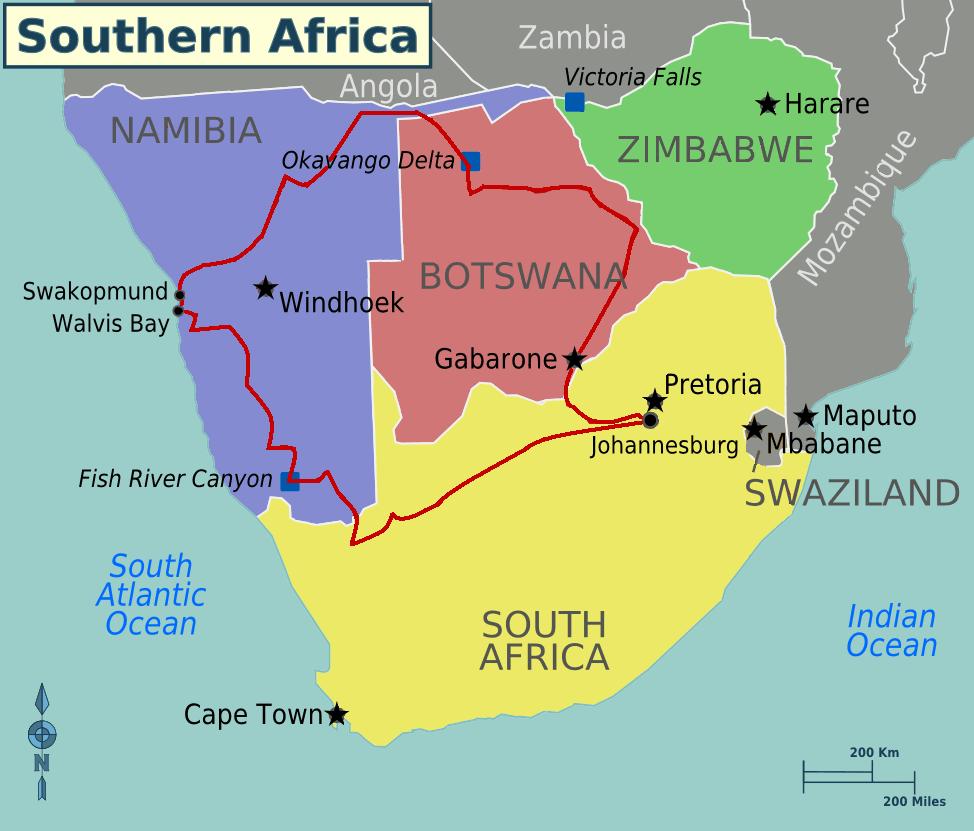
Since leaving the Skeleton Coast I've also left behind the exciting dirt roads and barren desert scenery of southern Namibia. I've crossed into the Tropics and as I've travelled further north the land has become increasingly lush and hospitable.

Northern Namibia and Botswana remind me of the Africa I got used to on my last trip. The roads are busy, not with traffic but with people, dogs, donkeys, and all manner of livestock that use the highways as thoroughfares. I've lost track of the number of times I've had to slam on my brakes in order to avoid ploughing into a stubborn mule, dopey dog, or daft cow standing in the middle of the road.
Having spent a few days on the busier smooth roads of northern Namibia, the final few miles to the border were on tranquil dirt - a fitting end to a great wilderness country. Crossing into Botswana I was immediately greeted with a thunderstorm and a soaking. As way of a small apology, Mother Nature treated me to a glimpse of a glorious rainbow before hiding the sun behind a thick sheet of cloud for the rest of the day. Unbeknownst to me it is the wet season in Southern Africa.
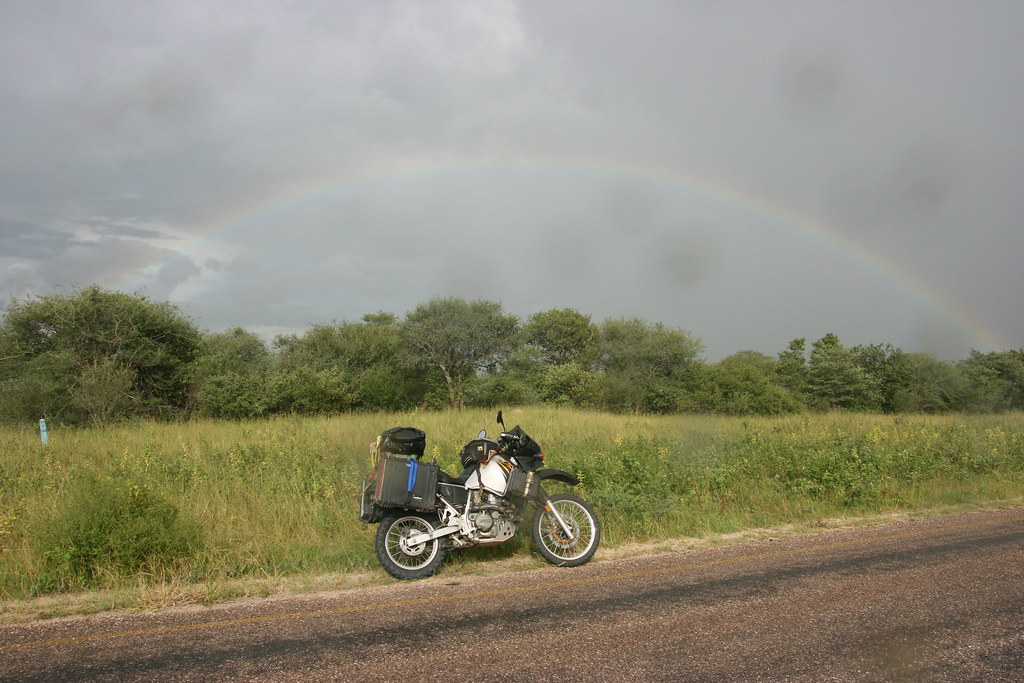
With the light fading and no sign of a campsite or lodge I mulled over my options. Either ride on in my sodden state to the next big town while playing 'chicken' with the suicidal livestock, or call it a night and bush camp in the brush of the Okavango Delta. I cautiously went for the bush camping option.
As Wikipedia will tell you, the Okavango is the world's largest inland delta and home to a huge variety of wildlife including lions, elephants, crocodiles and many, many creepy crawlies. So it was with some sense of trepidation that I pitched my tent in the eerie dusk of the Delta.
Having drifted off to sleep I awoke with a start as I heard something big rustling outside. I lay still for a minute trying to work out what it might be. More rustling sounds on the other side of my tent indicated that whatever it was, there was more than one of them. Then there was the unmistakable, blood curdling sound of a .... cow mooing. A herd of cattle, not content with trying to block the roads during the day, had decided to wonder through my makeshift campsite at night. The buggers.
Of course I was relieved they were cows and not lions, but I was still irritated. I spent a few unsuccessful minutes trying to shoo them away but only managed to generate a few quizzical stares before they went back to chewing the cud. The following day I found a nice restaurant and enjoyed a big steak as revenge.

Other than bush camping, the majority of my time in Botswana was spent on long straight roads. At one point my GPS indicated I should go straight for 180 miles, then take the second exit at the roundabout, and continue straight for another 100 miles. Fun.
Keen to get the monotony out of the way, I pressed on quickly and made good progress. But as I cruised around a corner in one of the tiny towns, I got nabbed by the police. Two officers with a camera clocked me travelling at 102kph in a 60 zone. Clearly I was speeding, so there wasn't any point in denying it. Instead, I put on my best diplomatic accent and apologised in the hope of getting away with a caution. Unfortunately the officers diligently explained I would have to pay a fine because I wasn't just going a bit over the speed limit - I was booking it.
According to the official police fine book (which they showed me), anyone travelling at 102kph should pay 1340 pula (which is about £120). Shocked at the amount, I continued with my apologetic English gentleman routine and managed to talk the officer down to 200 pula. I paid the fine and rode off without too much bitterness. No one likes paying fines, but I had deserved this one. And, unlike in other parts of Africa, I didn't get a sense of being cheated by a corrupt police force. These cops were honest and genuine - I left with a receipt for my fine.
Back on the tar I soon came to the Sowa salt pan - site of so much fun from the last trip. But the pan was different from how I remembered it. Far from being dry and barren the area was filled with lush vegetation and grazing animals. Given my limited time in Africa I knew I couldn't afford to cross the pan again (it took a full day of hard riding last time). But as a small reward for the countless hours I'd spent on the tar, I gave myself an hour of playtime, pulled off the highway and headed into the brush.
The sandy track that led to the pan was tricky. Heavily rutted and with prickly bushes blocking the way I had to frequently hop the bike from one sandy rut to the other. To make matters worse, some burrowing animal had decided to make its home on the path by digging countless large holes in it, many of which were hidden from view. My wildlife knowledge isn't what it should be, so I cant tell you what animal actually made those holes, but I blame badgers. Crafty buggers.

Despite the badgers' best efforts the Phoenix coped well with the track and we emerged from the brush triumphantly onto the glorious pan.
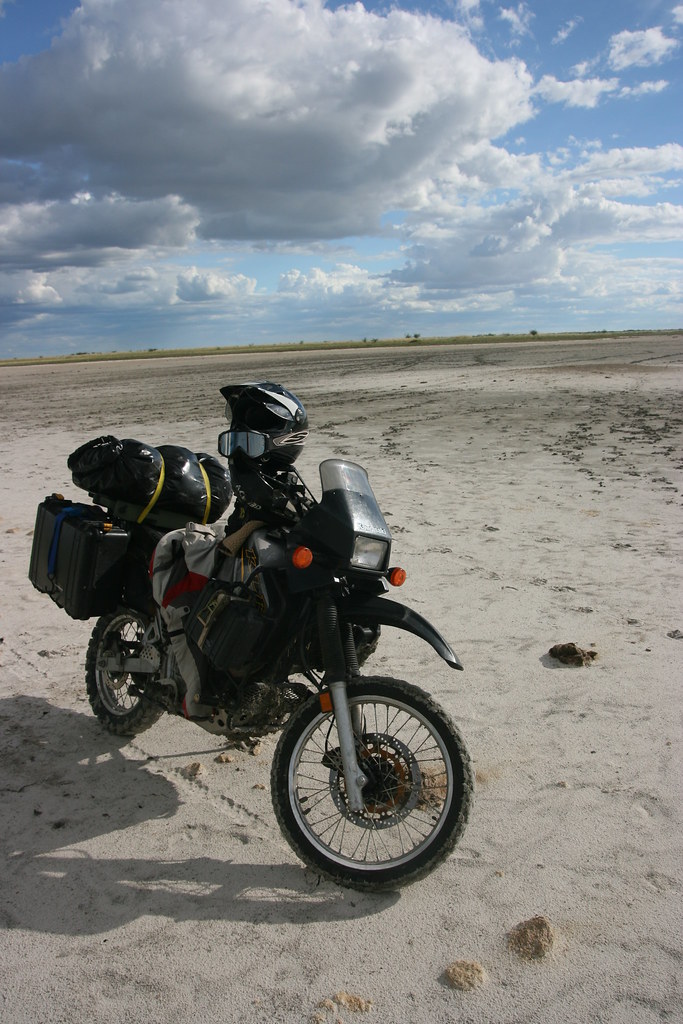
The glinting surface looked much as I remembered it - seemingly unaffected by the wet season. Keen to have some fun, I gunned the engine and headed off onto the flats. But, after just ten metres, I felt the bike begin to bog down. Last time this happened Tyson and I got stuck in the mud for almost an hour. Fearing the same thing happening again, I pulled on the throttle and tried to power my way out of trouble. This almost worked but Mother Nature was determined to stop my fun, and after twenty metres of fishtailing I ran into a patch of slippery mud and went down hard.
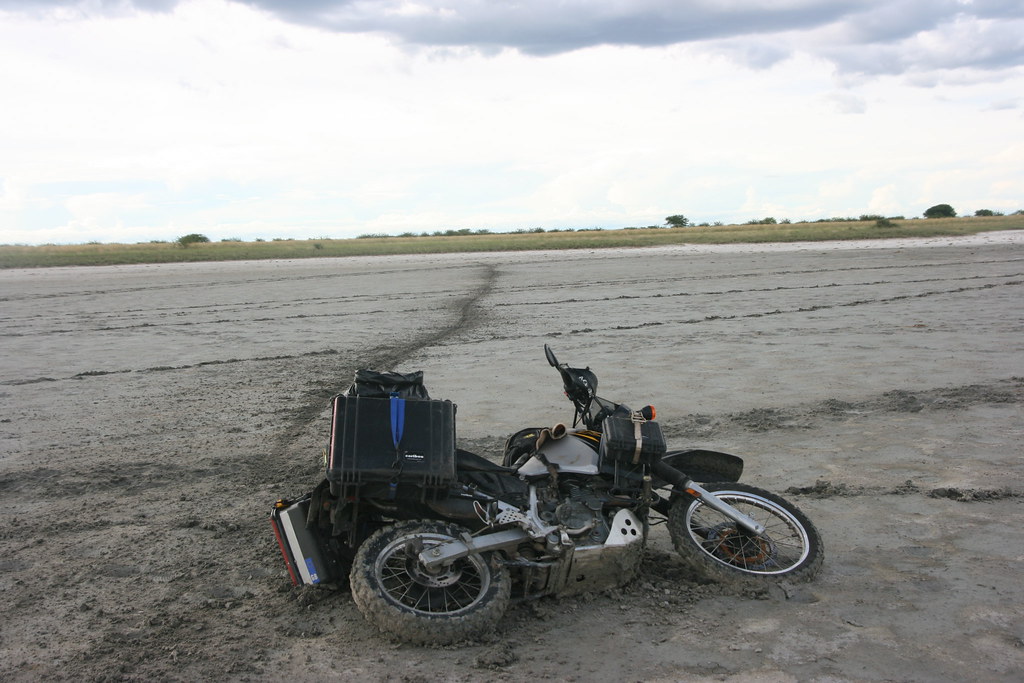
I crawled out from under the bike covered in mud. Other than a slight strain in my knee from an aggravated old injury, I was fine. But the Phoenix had fallen awkwardly on one of her panniers. I needed to get her upright and assess the damage.
After five minutes of huffing and puffing with my feet constantly slipping, I managed to make a big mess but made no progress at all. With no one around for miles, the only option was to begin the arduous task of unloading all of my gear, and pickup the unladen bike and walk it to the side of the pan. So that's what I did.
After about half an hour of heavy lifting, I was repacked and ready to go again. The damage to the Phoenix had proved light, but my 'hour of fun' was almost over and I needed to get back to the road. I found my way back to the same path I had come in on and soon began dodging prickly bushes again. I was making steady progress when I spotted a badger hole up ahead. I hopped the bike out of the way to avoid it, only to encounter two hidden holes on the other side. The second of these caught my back wheel awkwardly - dethroning me for the second time in an hour. Bloody badgers.
A day later I crossed back into South Africa for the final time and enjoyed a fantastic evening ride on country roads into Johannesburg. Namibia may have the best night skies, Botswana the Sowa salt pan, but South Africa is the jewel in Africa's crown - a motorbiker's paradise. I'll certainly be back. But, with so many places still to explore it's time to get out of Africa for the time being. Onwards to South America.
